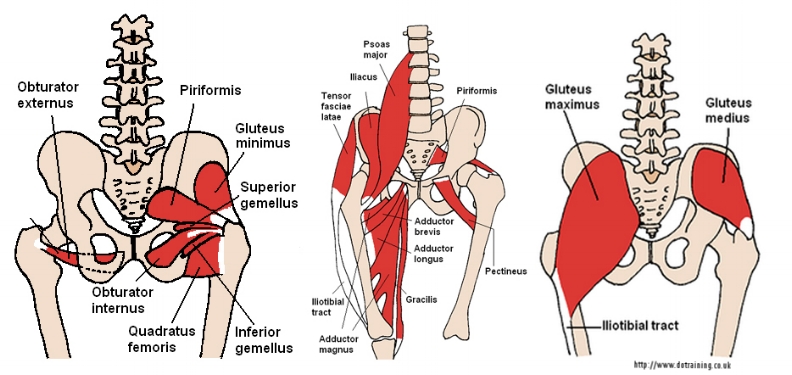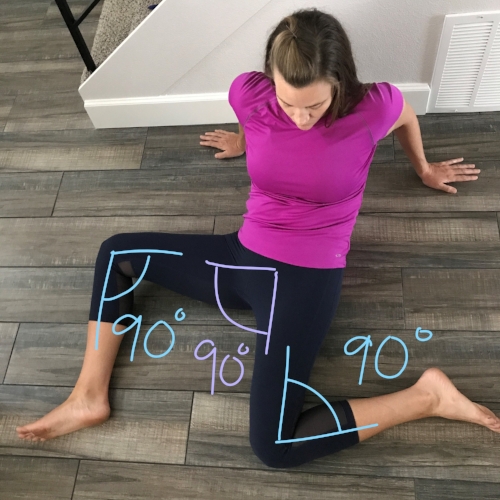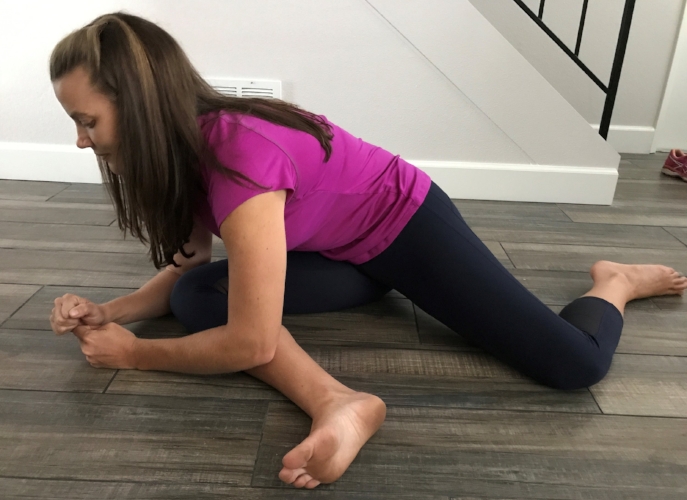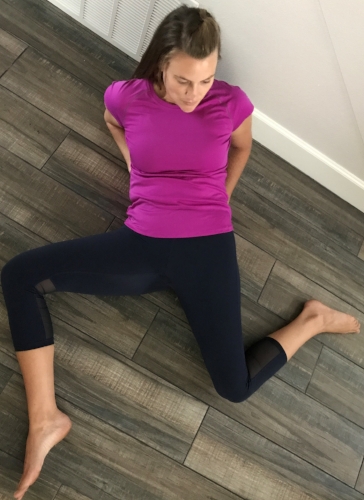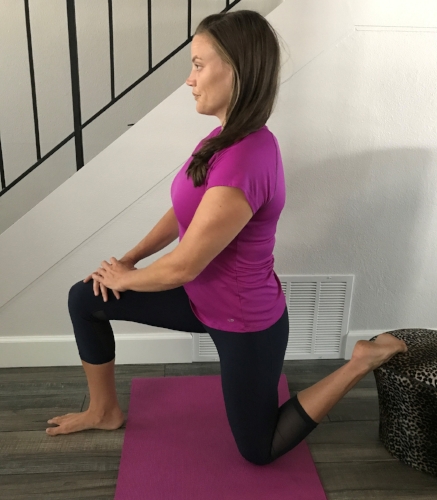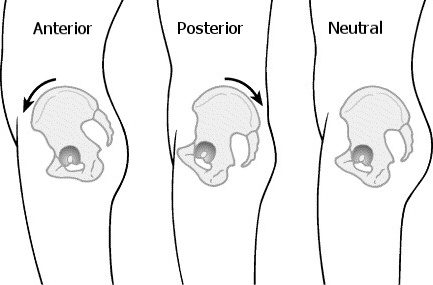This post is brought to you by one of our blog readers! Jackie Waters reached out to us and has some excellent advice for living a healthy lifestyle. Jackie was diagnosed with rheumatoid arthritis in her mid-20s, and she has found a way to make many lifestyle changes to help manage the ups and downs that can come with rheumatoid arthritis. Check out her article below on coping with chronic pain! It is filled with great advice and good links to other sources to help you, and don’t forget that chiropractic care can also be a great adjunctive therapy to manage RA or any source of chronic pain.
Dealing with the shock of a life-altering diagnosis can turn your world upside down. It’s important that in the middle of it all, you remember that there is hope and ways to safely manage your symptoms. Here’s some advice on how you can deal with your newly diagnosed condition and how to cope with the chronic pain that may come with it.
First take the time to process the news as well as your emotions. The Center for Advancing Health points out that, “There is rarely only one way to treat a disease, so take time to do some research, investigate your options, get a second opinion and find the right specialist.” Feelings of hopelessness and depression are perfectly normal. Make time for yourself and find support in those around you. It’s okay to be afraid, and sometimes the best medicine is that of a listening ear.
There are also several relaxation techniques to consider that will make your life easier, one of which is exercise. While you may be tempted to avoid exercise due to the pain, according to Exercise Right, “Research has shown that exercise can be an effective way to reverse this downward cycle of deconditioning and worsening pain, and gradually over time help those with chronic pain engage more in activities of enjoyment and essential activities of daily living with greater ease.” Start slowly and opt for shorter workouts instead of going for the long haul. Routinely monitor your pain levels and focus on flexibility, stretching when winding down a workout to avoid stiff muscles. Mix it up and pick something fun to do so you’re not concentrating on pain. Consider low-impact exercises such as swimming, biking, walking, dancing, and even gardening. Warm water especially relaxes your muscles, and meditation as well as yoga are also healthy coping mechanisms to practice. You should, however, try to limit your physical activity to time frames when your medication is in full affect.
Getting a pet can bring a calming influence into your life and help cheer you up. A pet also will keep you active and provide endless companionship. Consider spending more time pursuing a hobby like knitting, pottery, or photography to bring peace to your mind and ease your worries. Get plenty of rest, stick to a routine, and practice good posture. Additionally, breathing exercises and aromatherapy relax the body as well as the mind. Try escaping by reading a good book, visualizing a serene and happy place, or indulging in a warm bath and spa treatment. Heat and ice work to reduce inflammation and pain. However, you should also consult a doctor or therapist and take any medication he or she prescribes you regularly.
Creating a healthy and peaceful home environment will also help you to keep a positive mindset and control any anxiety. Work to achieve minimal clutter by getting rid of things you don’t use or that don’t bring you joy. Rearrange your items for storage for better organization and even rethink your furniture placement in order to make room for a meditation space. Decide what you want to be the focal point in your house, whether it be a window, fireplace, or entertainment system. Let lots of natural light in so you have a warm and cozy atmosphere. Paint the walls with tranquil colors and fill your home with comfortable seating, candles, greenery, books, art, blankets, soft music, and pillows. This will help manifest an intimate setting where you feel at home.
Lastly, take solace in knowing that you are not alone. There are others out there suffering too, and by joining a support group, you may find additional comfort and companionship. Others suffering from chronic pain also may offer solutions based on their own experiences that you may not have thought of.
Want to learn more from Jackie? Check out her website! Have any tips of your own? Let us know in the comments!


